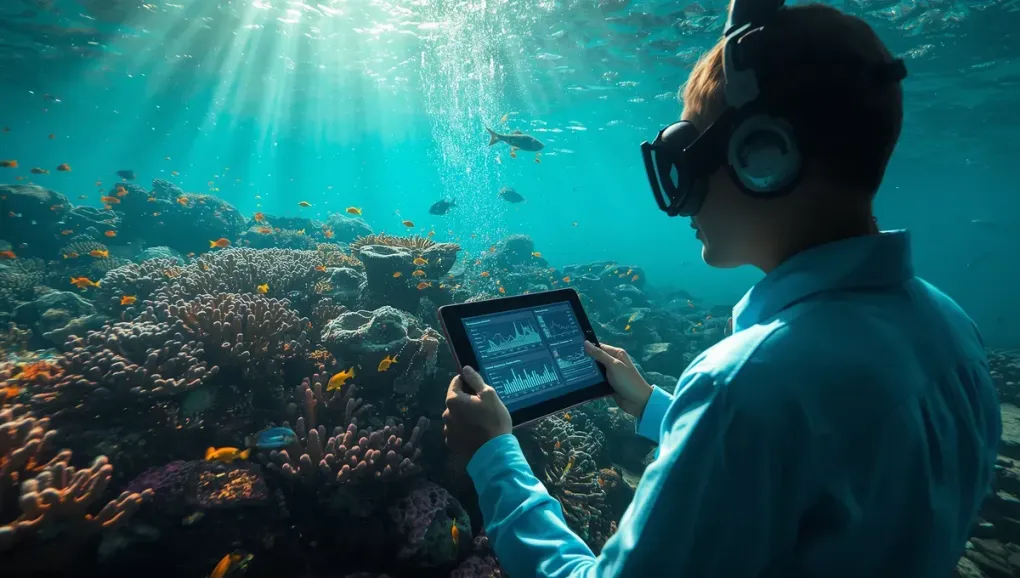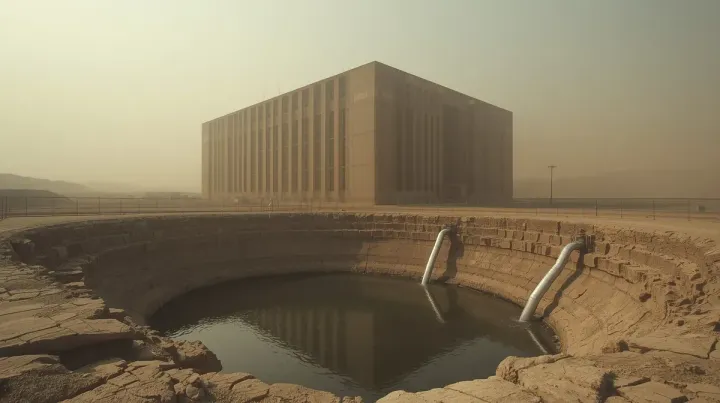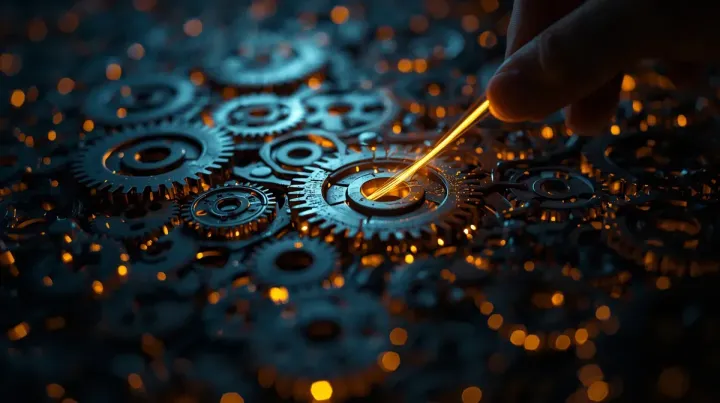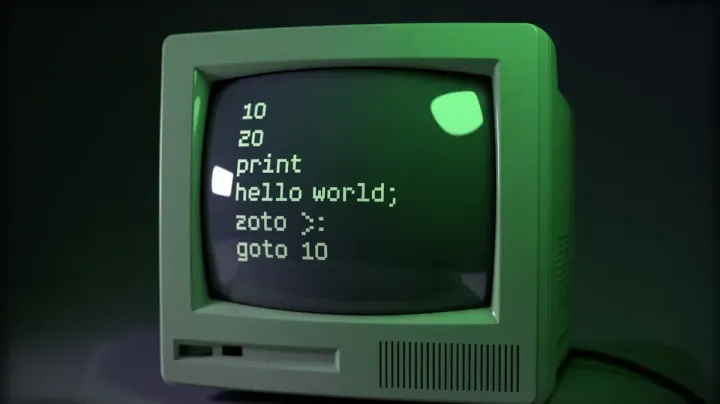
AI Dives Deep: How Artificial Intelligence is Helping to Save Our Coral Reefs
It’s easy to get cynical about technology. We’re constantly bombarded with stories about AI stealing jobs, data breaches, and the slow creep of a surveillance society. But every now and then, a project comes along that cuts through the noise and reminds you of the incredible potential technology holds for good. This is one of those times.
Let’s talk about coral reefs. These vibrant underwater cities are not just beautiful; they are critical to marine ecosystems and, by extension, to us. They support a quarter of all marine life and protect coastlines from storms. And as you know, they are in catastrophic decline due to climate change and pollution.
The sheer scale of the problem is overwhelming. Manually monitoring thousands of kilometers of reefs is a slow, expensive, and often impossible task for marine biologists and conservationists. But what if you could give these scientists a superpower? What if you could give them a tireless assistant that can watch over entire reef systems simultaneously?
An AI with a Purpose
This is where AI is making a truly spectacular entrance. Around the world, researchers are developing and deploying AI models designed to be guardians of the reefs. These aren’t just algorithms in a lab; they are active tools in the fight for our planet’s health.
Here’s how it works:
-
Automated Analysis: Drones and underwater cameras capture thousands of high-resolution images of the seafloor. Instead of a human having to painstakingly analyze each photo, an AI model can process the entire dataset in a fraction of the time.
-
Early Detection: The AI is trained to identify not just coral, but the specific types of coral and, crucially, the earliest signs of bleaching or disease. It can spot subtle color changes that a human eye might miss, giving scientists a vital head-start to intervene.
-
Ecosystem Monitoring: It goes beyond coral. The AI can identify and count fish populations, track the presence of invasive species like the crown-of-thorns starfish, and monitor the overall biodiversity of an area. This data provides a complete health report for the ecosystem.
The Open-Source Advantage
What makes this even more exciting is that many of these initiatives are built on an open-source philosophy. Projects like a (fictional, but representative) “Neptune Project” are making their code and pre-trained models available to everyone. This means a small, underfunded conservation group in the Philippines can have access to the same cutting-edge technology as a major university in California. It’s a democratization of environmental science, creating a global, collaborative effort.
This is the kind of technology that fills me with genuine optimism. It’s not about replacing humans, but augmenting them. It’s about taking our most advanced tools and pointing them at our most pressing problems. For the first time, we have the ability to monitor and understand our planet’s oceans on a scale that matches the scale of the crisis.
So next time you read a headline about the dangers of AI, remember this: right now, that same technology is deep underwater, working 24/7 to give our beautiful, vital coral reefs a fighting chance. And that is a truly uplifting thought.


